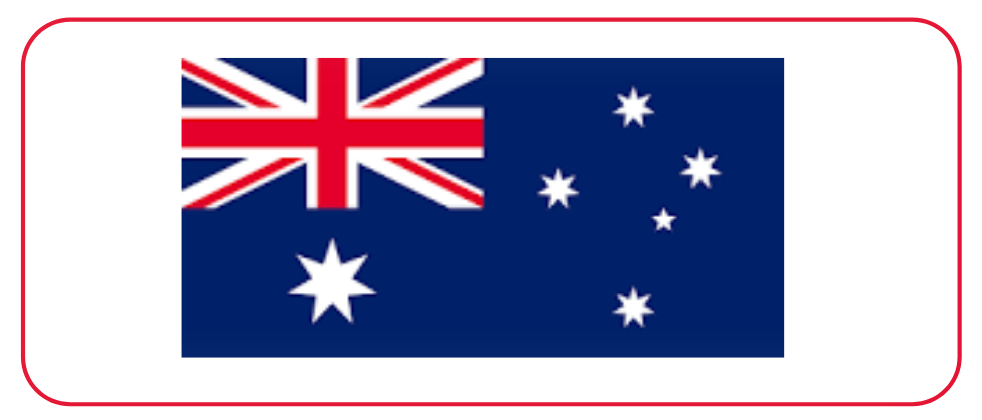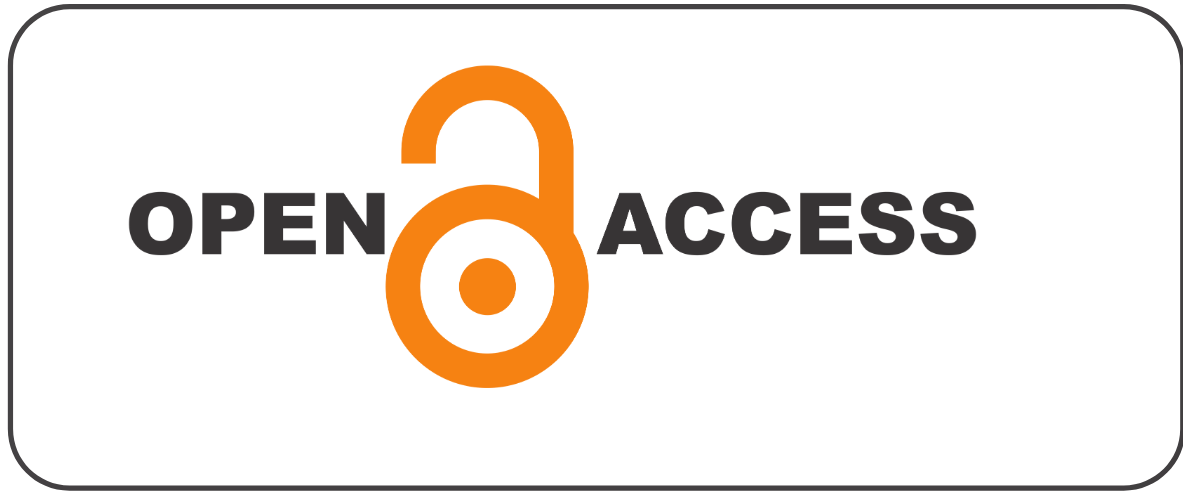EVALUATION OF PROXIMATE AND PROTEIN CONTENT IN WALLAGO ATTU
DOI:
https://doi.org/10.53555/6909f372Keywords:
Animal, Product, Protective, Wallago attuAbstract
Introduction: In the world, India is amongst the top three producers of fresh water fish and shrimp fishes are rich in protein, vitamins polyunsaturated fatty acids and mineral salts and are also known as valuable protective food.
Aim of the study: the main aim of the study is Research on the Ayeyarwady River's Wallago attu's Nutritional Profile
Material and method: The Wallago attu specimens came from the city of Mandalay's Ayeyarwady River. In order to eliminate any dirt or other contaminants from the skin water was utilized to rinse and wash the samples.
Conclusion: Samples of Wallago attu (Nga-but) were taken from the Ayeyarwady River in the Mandalay Area. Nutritional information for Wallago attu has been calculated. However, there were a few notable outliers, such as the fact that Wallago attu's protein content was rather constant (16.1-16.4%) during the study period.
References
1. Mandal, Mrinmay & Das Chatterjee, Nilanjana & Burman, Suddhasattwa. (2021). BOAL (WALLAGO ATTU) FISH ABANDONMENT IN KELEGHAI RIVER, WEST BENGAL: AN IDEA BASED CLARIFICATION. Environment & Ecosystem science. 5. 23-26. 10.26480/ees.01.2021.23.26.
2. Thella, Rufus & Dahanukar, Neelesh & P S, Eldho & Ali, Anvar & Raghavan, Rajeev. (2018). Population Dynamics of Wallago attu (Bloch and Schneider 1801) (Osteichthyes, Siluridae) in Three Small Rivers of Southern India. Asian Fisheries Science. 31. 172-178. 10.33997/j.afs.2018.31.2.008.
3. Devadawson, Chandravathany & Jayasinghe, Chamila & Correspondence, Chandravathany & Devadason. (2017). International Journal of Fisheries and Aquatic Studies 2017; 5(2): 492-497 Effects of feeding habits and nutrition status of freshwater fishes on muscle with lipid fatty acid composition and tocopherol contents. International Journal of Fisheries and Aquatic Studies.
4. Waterborg, Jakob. (2009). The Lowry Method for Protein Quantitation. 10.1007/978-1-59745-198-7_2.
5. Parvez, Suhel & Pandey, Suwarna & Ali, Mehboob & Raisuddin, Sheikh. (2006). Biomarkers of oxidative stress in Wallago attu (Bl. and Sch.) during and after a fish-kill episode at Panipat, India. The Science of the total environment. 368. 627-36. 10.1016/j.scitotenv.2006.04.011.
6. Sahoo SK, Giri S, Sahu AK and Gupta SD 2006. Effect of feeding and management on growth and survival of (Schneider) Wallago attularvae during hatchery rearing. Indian Journal of Fisheries53:327-332.
7. Samina AB, Wali MA, Kashif K and Shaguf S 2017. Length weight tarelationship and gut analysis of fresh water shark wallago attu collected from local fish market of quetta city Pakistan. Journal of Biodiversity and Environment Science (4): 114-120.
8. Manon MR and Hossain MD 2011. Food and feeding habit of Cyprinus carpio var. specularis. Journal of Science Fundamental 9(1-2): 163-169.
9. Nikolioudakis N, Palomera I, Machias A and Somarakis S 2011. Diel feeding intensity and daily ration of the sardine Sardina pilchardus. Marine Ecology Progress Series: 215-228.
10. Ramesh I and Kiran BR 2016. Food and Feeding Habits of Catfish Clarias batrachus (Linn) in Bhadravathi Area, Karnataka.
Downloads
Published
Issue
Section
License
Copyright (c) 2025 Dhondge Sumeet, Kamble Anuja Vaijanath , Ade Poojatai

This work is licensed under a Creative Commons Attribution 4.0 International License.








 Licensed under CC BY 4.0 International.
Licensed under CC BY 4.0 International.